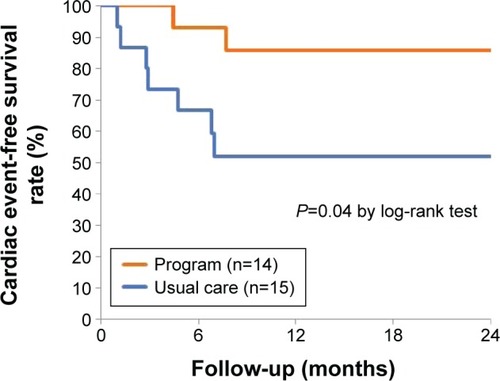Figures & data
Figure 1 Educational topics in the program.
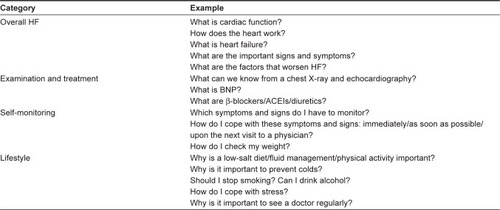
Figure 2 Flowchart of study patients.
Abbreviation: HF, heart failure.
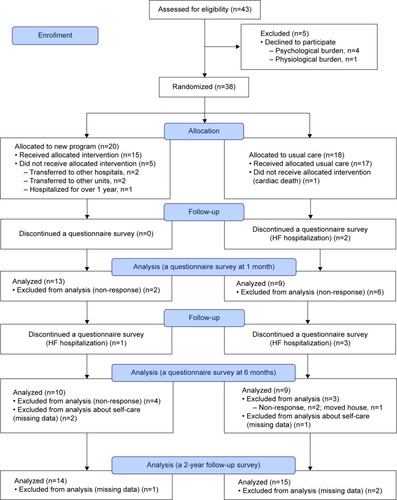
Table 1 Characteristics of study patients at baseline
Figure 3 Impacts of the program on heart failure (HF) self-care behavior.
Abbreviation: EHFScBS, European Heart Failure Self-Care Behavior Scale.
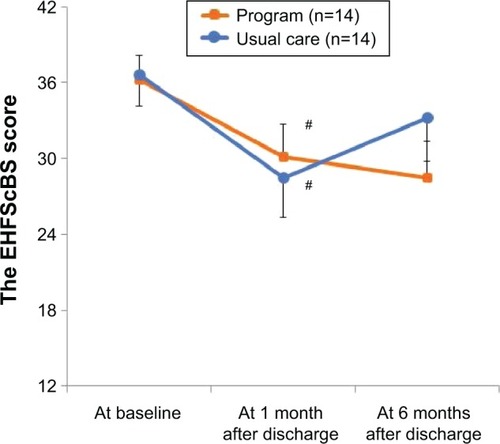
Table 2 Impacts of the program on heart failure self-care behavior
Figure 4 Impacts of the program on heart failure knowledge.
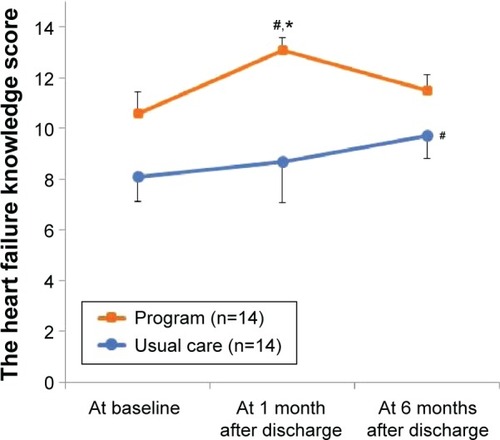
Table 3 Impacts of the program on heart failure (HF) knowledge

